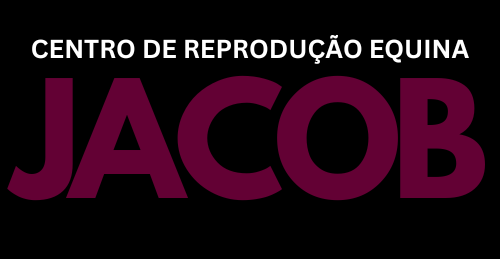ENDOMETRIAL CYTOLOGY PATTERNS IN EQUINE EMBRYO TRANSFER RECIPIENTS ARE CORRELATED WITH PREGNANCY RATE (Prelo)
Ecker, M.K.C.1; Sá, M.A.F. 1; Guasti, P.N. 2; Jesus, V.L. T. 1; Jacob, J.C.F. 1
1Reproduction and Animal Evaluation Department, IZ-UFRRJ, Seropédica-RJ, 23890-000; 2 Animal Reproduction and Radiology Veterinary Department, FMVZ/UNESP, Botucatu – SP, 18618-000,
marcely.ecker@yahoo.com.br
Reproductive health of recipients is the main factor affecting pregnancy rates in an embryo transfer (ET) program in mares. Acute or chronic endometritis is the most important cause of embryo loss after ET. Endometrial cytology is the elective technique to evaluate endometritis due its low cost, practice to collect samples, and facility to evaluate the results when compared to others techniques. The objective of this study was to evaluate by cytology the endometrium of mares used as recipients in an ET program. Eighteen mares (Mangalarga Machador) ranging from 5 to 12 years old were pre-evaluated by B-mode ultrasonography and selected as candidates to ET recipient. Any of the mares had previous history of sub- or infertility. Sample collections for cytology were performed during estrus. A gynecologic brush (long Swab tool) protected by a long metal pipette was transcervical introduced into the uterine lumen. Inside the uterus, the brush was exteriorized and circular movements were done with the objective of increase the number of cells collected. Samples were used to prepare cytological smears and they were stained using a Panotic stain kit (Instant ProvÒ). Results were classified based on the number of neutrophils per field as previously described (Riddle et al. 2007): 1) normal = 0 to 2; 2) moderated endometritis = 2 to 5; 3) severe endometritis = more than 5. Ten recipients were characterized as normal and eight with endometritis. All recipients were used in the ET program and only embryos grade I or II were transferred. Pregnancy statuses were evaluated on Day 15, based on donor ovulation day, by ultrasonography. Chi-square and Exact Fisher with 95% of confidence interval were used for analysis. Pregnancy rate was higher (90%; 9/10) in recipients classified as normal compared with recipients presenting endometritis (12.5%; 1/8; P<0.001). The results of the present study indicate that the uterine environment of ET recipients is directed related to the pregnancy rate results. In addition, cytology is technique capable to improve the efficiency of ET programs by a better selection of the recipients increasing consequently the pregnancy rates and decreasing costs related to embryo losses.
AREA: FIELD.

